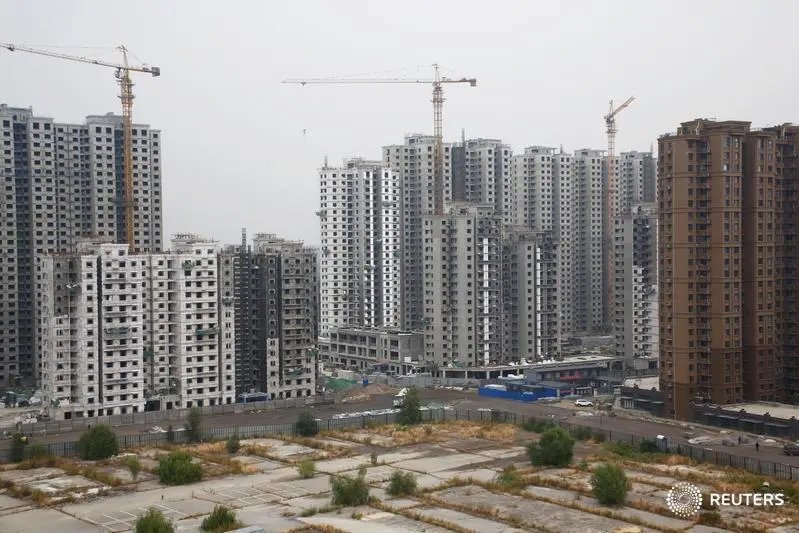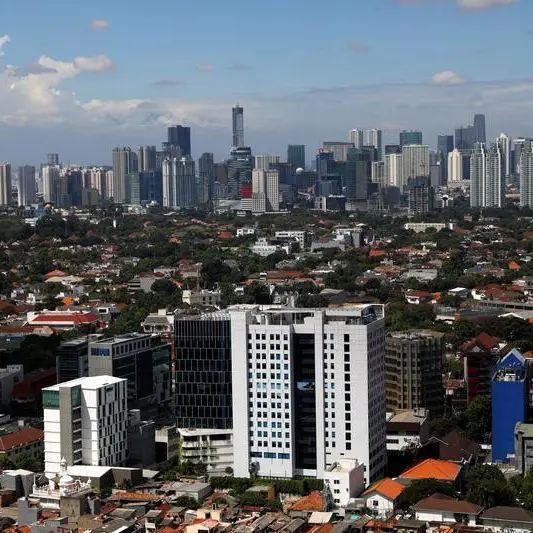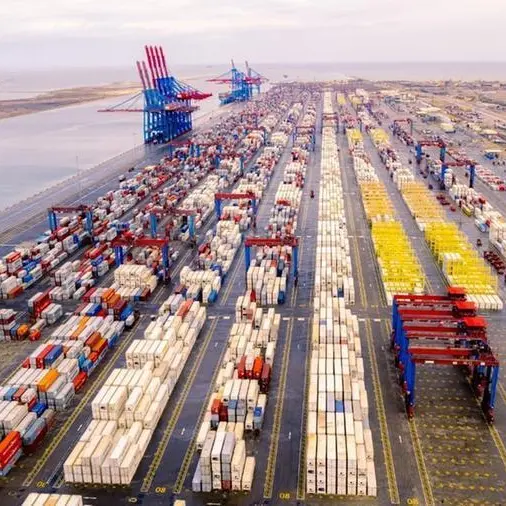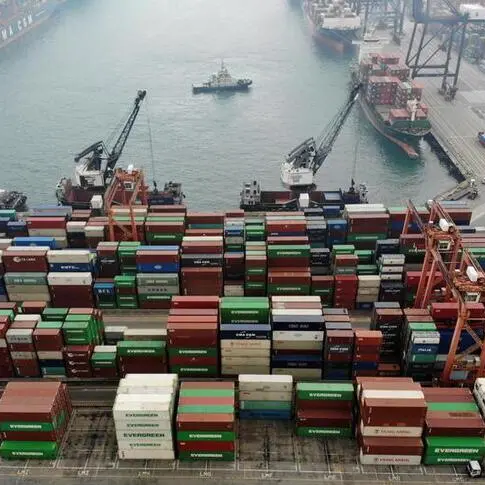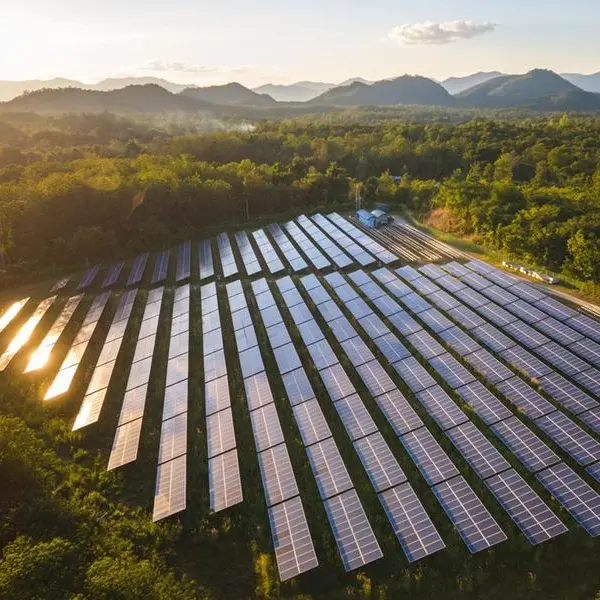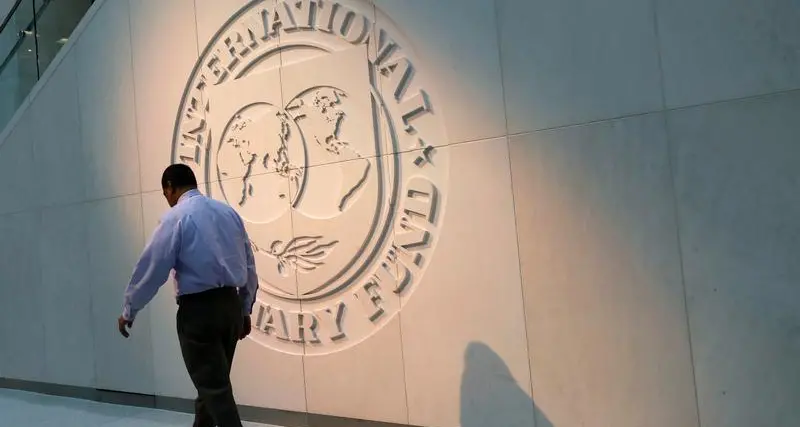PHOTO
A slump in the Chinese property market will have a knock-on effect on connected sectors like steel, iron and cement and likely see average sale prices of homes down by as much as 5 percent.
Analysts looking at the slowdown believe the $2 trillion market is resilient enough to bounce back – but stress that 2022 will be a difficult year – both for the market itself and for suppliers.
Fitch Ratings last year marked a third of the Chinese property portfolio as being under strain with a possible 30 percent fall in Year-on-Year sales of residential homes in 2022.
In a recently held panel discussion, domain experts at Fitch Ratings gave an overview of the Chinese market, detailing a continued slowdown in the real estate market that threatens to spill over to other corporate sectors, local government finances, and banks.
“The high growth we have seen in the past few years is coming to an end and we are now reaching a turning point where, in the property sector, you are going to see a continued slowdown in the next few years,” said Adrian Cheng, Co-Head of China Property at Fitch Ratings. He pegged a 10-15 percent decline in sales value for 2022 with the ASP (Average Selling Price) taking a hit of around 5 percent in higher-tier cities and a little more in lower-tier cities.
A vicious cycle
The property market in China has entered a vicious cycle of low sales, liquidity crises and defaults, leading to a further downturn in sales because confidence in the market has been shaken, according to analysts.
“In the past few months, you have seen a huge liquidity crisis, and that has led to a big confidence crisis in the sector,” said Cheng.
“We have seen some developers defaulting which has surprised the market and led to a decrease in sales. It is a vicious cycle.”
Thanks to this crisis of confidence, developers are finding that access to funds is drying up, from contractor sales, capital market, banks or trust loan funding.
Cheng added: “It is getting difficult to get cash from contractor sales as the sales have been falling. And even if they do manage to generate contractor sales, the proceeds are now in so-called deposits in regulator accounts where the government has been tighter, especially in lower tier cities.
“The capital market has been shut in the last few months. It will remain so for the majority of developers. Bank funding will remain relatively flat.”
Ying Wang, Head of the Energy and Utilities Group at Fitch Ratings, warned that some construction contractors may not get paid even for work completed on sold projects. “We think this year, many small private contractors will probably go down,” Wang added.
“Even the state-owned contractors, with better access to funding and exposure to infrastructure projects, are more likely to underperform in tier two cities,” she said.
The risks are also spreading wider. There are fears that the contagion risk has spread to investment-grade names in the sector.
“It is a market confidence issue,” says Cheng. “It is important for developers to increase transparency and increase communication to investors as to what's true and what’s not.”
Risking other sectors
Distress in the property market could also spill over to other corporate sectors and municipal finances.
“We do expect contagion risk to a number of other sectors,” Wang said. “Demand for basic materials like steel, iron ore and cement will be impacted.” She added that home appliances, furniture and similar property-related sectors are all facing contagion risk.
“We expect a broad corporate loan default rate will be pushed up by more defaults from the property sector.”
Contagion risk has also spread to municipal finances or the broader LGFV (Local Government Financing Vehicle) sector.
Samuel Kwok, Senior Director in the IPF (International Public Finance) team at Fitch Ratings, warned that the capital revenue of local government bodies may suffer.
Kwok said that for local government bodies, concession revenue as a source of funding is likely to be impacted. A third of that comes from capital revenue which is mostly land sales. Private developers are not buying land in the same volumes, which means that an important source of revenue for the local government bodies is affected. “Given the current state of the property market, we do expect capital revenue (of local bodies) to come down,” Kwok said.
With revenues dwindling, there is a real possibility of defaults from the SOEs as well. “We do not expect any high profile SOEs to default like what happened in 2020, but the entities owned by the governments in less developed regions, and also the ones with more ambiguous profiles, are probably most vulnerable,” said Wang.
With various sectors affected by the stress on the property market, there is also the question of whether the capital base of China’s banking system is sufficient to absorb property sector related write-downs.
For now, Grace Wu, Senior Director and Head of Greater China Banks at Fitch Ratings, puts the overall exposure of banks to the property sector as “quite manageable,” but added: “For the banks with exposure in the lower-tier cities, the risk is going to be significant. “Cuts in interest rates, for example, will impact banks’ margins and therefore their ability to generate profits and consequently make capital retention that much more challenging.
Banks are also faced with capital constraints and are in need of additional capital requirements.”
Intrinsic strength
Though concerned about the current stresses in the property sector, experts are agreed that its intrinsic strength will see it through.
“Even with the decline in sales value, in terms of the absolute value of the Chinese property market, you are still talking about RMB13 trillion to RMB14 trillion – a huge market,” Cheng said.
“If you compare the US or Europe, the Chinese property market is huge and I think that is going to sustain,” Cheng added, pointing to the fact that China’s urbanisation and urban wage are still lower than more developed countries. As urbanisation continues to gather pace, demand will also improve, he added.
Yang added that “demand for basic materials like steel, iron ore and cement will get impacted to some extent, and infrastructure-related demand can provide some support.”
More importantly, the industrial sector may remain largely unaffected and with its profit margin intact. “This year, we are expecting the basic material sector’s average profit margin to be lower than last year, but the average industrial profits margins could be quite acceptable.”
As for the banks’ exposure and the looming possibility of defaults from the property sector, Wu said he believes that there is “sufficient room for banks to absorb some of the property-related stress,” adding that direct loans to the property sector stands at 7 percent of the system and mortgage at around 20 percent. Of the mortgage loans, the ratio of loan to value in the residential mortgage loan is just 40-50 percent.
Managing decline
In the face of the property slowdown, the approach of the government and the banks is one of restraint with a focus on stabilising the sector.
While taking a tough stance on the property market against the backdrop of real estate developers’ high debt levels, the government, Fitch noted, has set in motion some easing of policies like the two cuts to the RRR (Reserve Requirement Ratio). Opening up green channels for onshore funding to be moved offshore and easing of mortgage approvals were some of the other measures adopted.
Even though bank funding in the property sector is expected to be flat, Cheng underlined that “the majority of trust loans will still be refinanced and or extended” and that “the fall in property sales will be relatively moderate.”
However, Wu said she doesn’t believe there will be any loosening as far as credit support to various sectors goes.
“At the moment, we still expect banks to be quite restrained in some of their lending. They will be quite cautious in order to manage the credit risk and the asset monetary risk.
“Banks are focused on steadying the sector with caution. Notwithstanding all the economic challenges the banks are facing, we expect about 12 percent loan growth this year and fairly steady profits,” Woo said.
She sees only moderate loosening targeted at specific sectors, similar to provisions made for residential mortgages in 2021. When it comes to LGFVs and SEOs lending, she predicted tight restraint on the part of banks, “consistent with the de-leveraging efforts that the authorities have put in place.”
Yang said that “tightened regulatory scrutiny of businesses and industries which have been flying under the radar while making excessive profits” will continue, especially in the fintech, data security and live streaming sectors, all of which will continue to see increased regulatory scrutiny. However, she noted, this year's market reaction to any further regulatory changes will be less drastic.
Analysts are monitoring closely how the caution and restraint shown by the government and banks actually manage to steady the economy and to what extent the intrinsic strength of the Chinese property sector steadies the slump.
“At this point, I may sound a little pessimistic but, to be honest, I think we really don't know what's going to happen in the next one to two months, and it's hard to say whether the outlook will change by then,” said Cheng.
“Not just the growth – they will try to manage the decline as well,” he added.
(Reporting by SA Kader; Editing by Anoop Menon and Charles Lavery)
